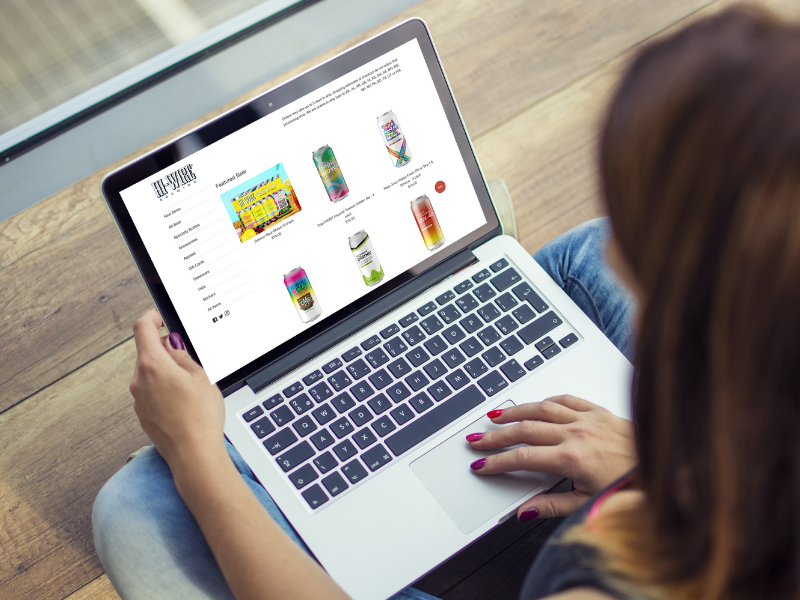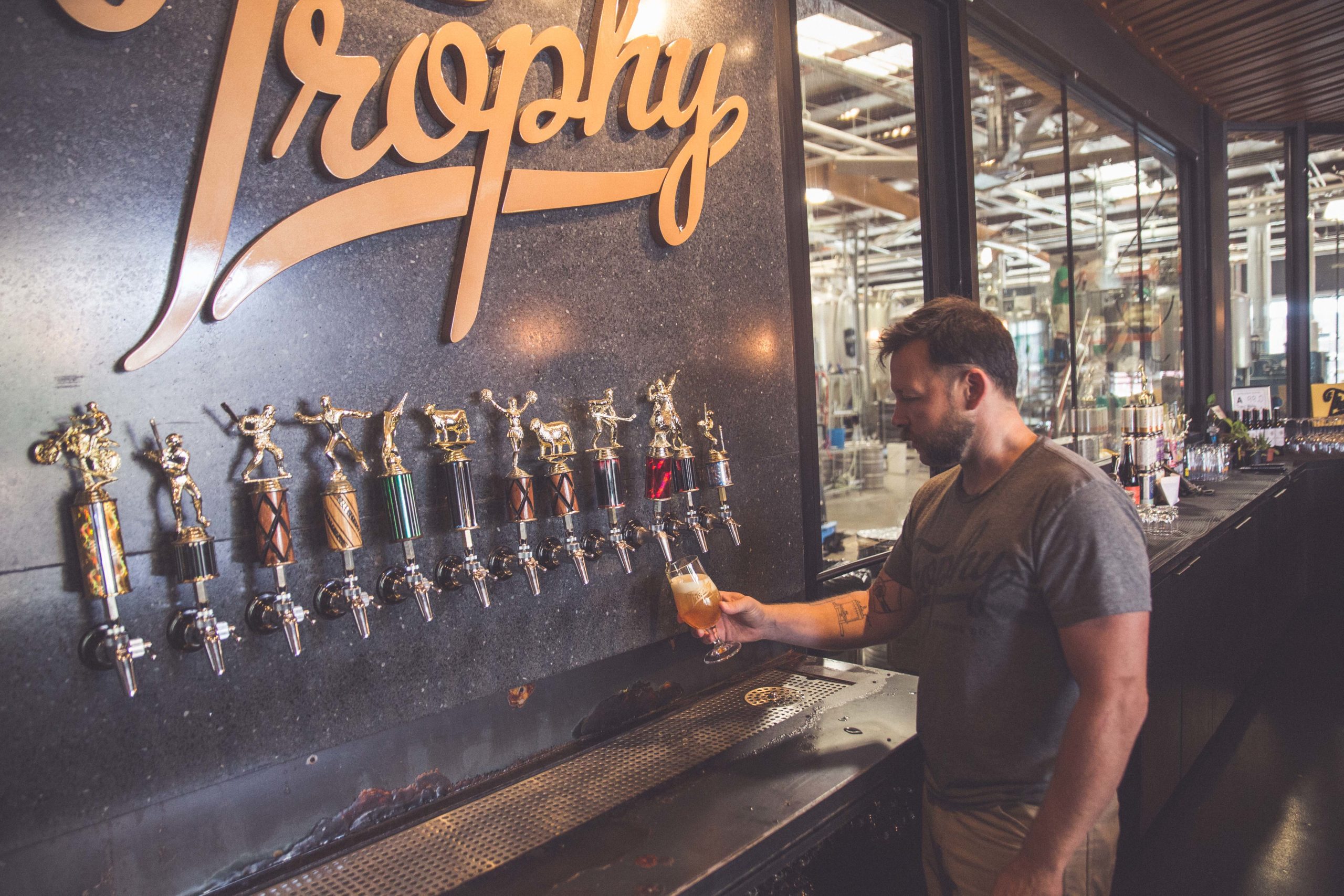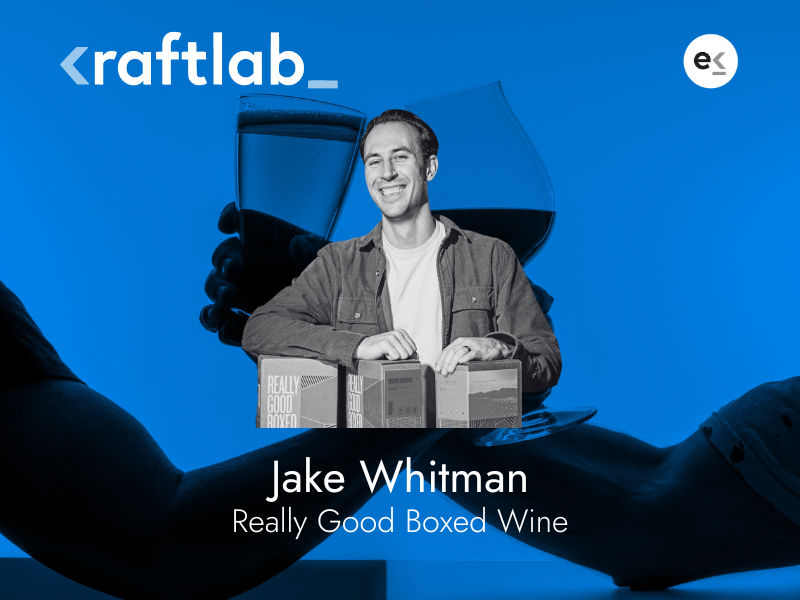It took the wine industry about 25 years to get to the current landscape of 47 available states allowing direct-to-consumer (DTC) shipping by wineries. Breweries, on the other hand, only have access to 11 states as of this writing, and the first question is, how long will it take for beer to get parity with wine when it comes to DTC? The second question for breweries is what to do in the interim?
The History of DTC Shipping Laws
In 1997, the wine industry went to the National Conference of State Legislatures and gained approval for a model direct shipping bill. Importantly, this language was proposed and approved by the key wine industry associations of Wine Institute, Family Winemakers of California, the Coalition for Free Trade, and WineAmerica. A favorable Granholm v. Heald Supreme Court decision in 2005 then became the catalyst the industry was looking for to get the model bill passed in a majority of states over the next decade. The “three-legged stool” approach — lobbying by Wine Institute, consumer advocacy from Free the Grapes, and litigation from Coalition for Free Trade — proved highly effective during this period.
How to Expand Beer DTC Legislation
To be successful in gaining access to more states, the beer industry could borrow a few pages from the wine industry playbook. The litigation component may not be as important now that jurisprudence is fairly settled for producers, but the lobbying and consumer advocacy legs are as important as ever. Funding is key here to support parallel lobbying efforts in multiple states and to also have a coordinated consumer advocacy response when bills need the extra push to cross the finish line.
Unity will also be critical. Although the Brewers Association has come out publicly in favor of changing DTC laws, Beer Institute has not. Success will come much easier if craft brewers can stitch together coalitions with larger breweries as well as the guilds in each state where laws are being considered. In addition, coordination with distilleries, who are also prioritizing DTC as a policy pillar, could prove to be helpful in some cases.
Get Started With Beer DTC Sales
Realistically speaking, my prediction is that it will take at least 15 years for breweries to gain access to the same number of states that wineries have today. But DTC is not an all or nothing proposition. Breweries can and should begin building a DTC shipping program, and can employ a few best practices for getting it off the ground.
- Get started in your own state and build out the basics such as creating an ecommerce site, a subscription program, and an option for onsite shipments from the taproom or brewpub.
- When customers visit in person or online, sign them up for a mailing list. This will come in handy once their state opens up for DTC shipments. They may also prove helpful if the industry is trying to get a bill passed in their state.
- When you get enough customers on the list in a state that’s available, get licensed and add that state to your DTC program. Work out the compliance complexity one state at a time.
- Assess return on investment (ROI) carefully in each state. This is especially important for breweries because the high cost of shipping via common carriers can eat into the margins given the lower price per ounce compared to other categories.
- When new states open up for DTC shipping and the ROI assessment is positive, leverage your list to market to a brand new DTC audience and enjoy the free growth.
The COVID-19 pandemic magnified the importance of DTC shipping for breweries. Although it will take many years for public policy to change, that should not discourage you from getting a program off the ground to take advantage of this important channel. As Marc Sorini, general counsel of the Brewers Association, put it, “As consumers are more reluctant to go to the beer, the beer needs to come to the consumer.”




